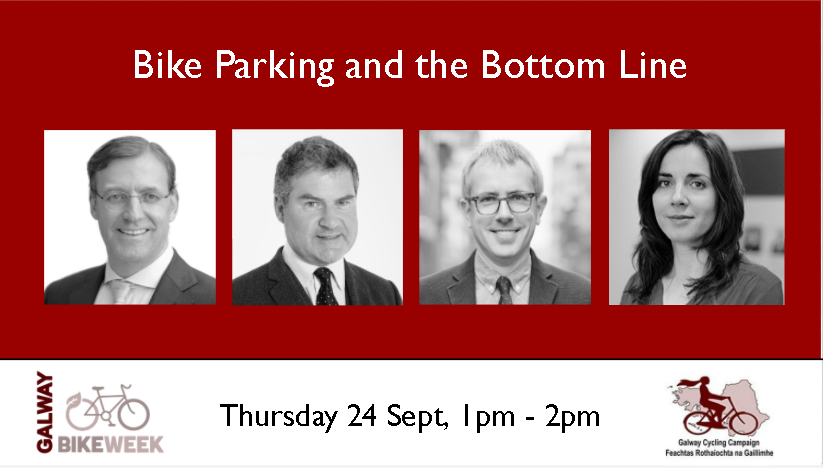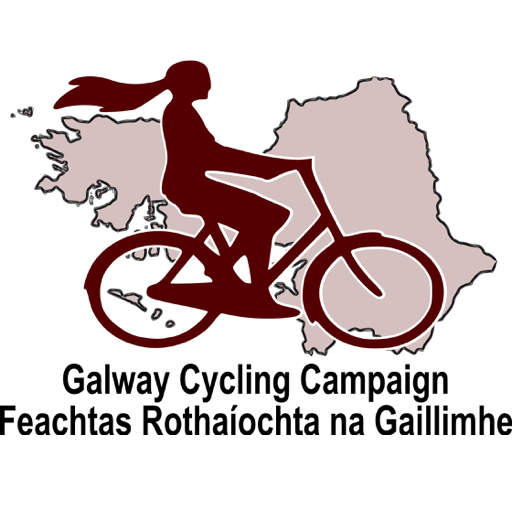Tag: pedestrians
-

Lunchtime webinar / Bike Parking and the Bottom Line with Dutch Ambassador, HE Adriaan Palm
The Embassy of the Netherlands, Dutch Cycling Embassy, Dublin Town, and Development Studies Association of Ireland at Trinity College Dublin join Galway Cycling Campaign to discuss Bike Parking and the Bottom […]
-
The Art of the Possible: Galwegian leads technical design of dlr’s Coastal Mobility Route
Galwegian and road engineer Conor Geraghty will be a guest speaker at a special online webinar tonight, Thursday 17 September, to discuss ‘The Art of the Possible: The Coastal Mobility […]
-
Opinion: The programme for government is like a visit from Santa for cyclists
COULD IT REALLY be that Santa has arrived six months and one week ahead of schedule? In the programme for government, we are told that €1 million euro a day, […]
